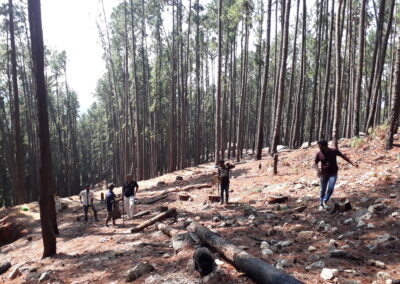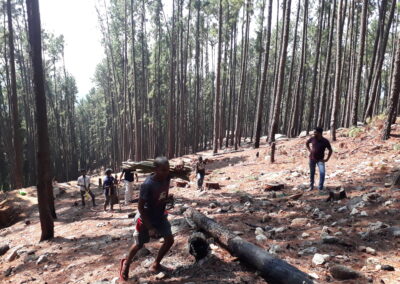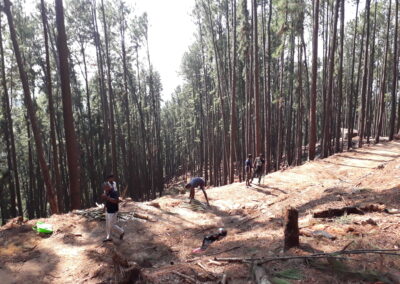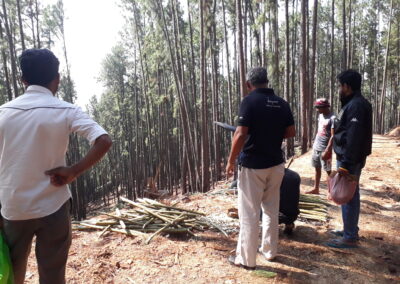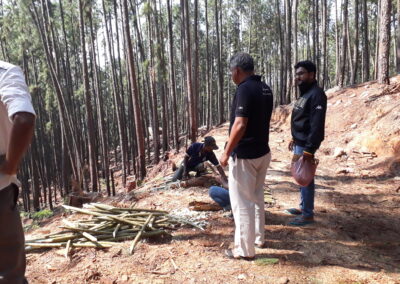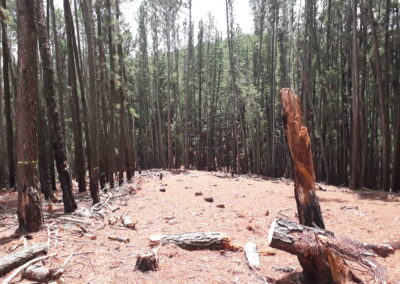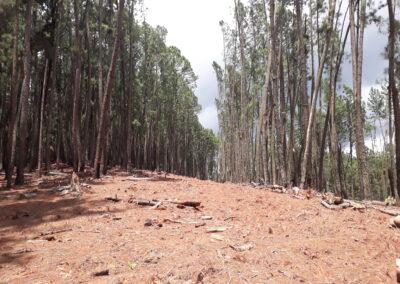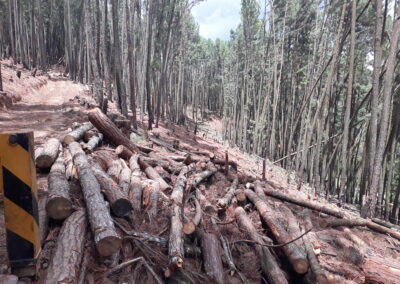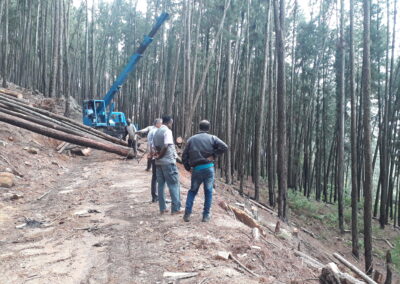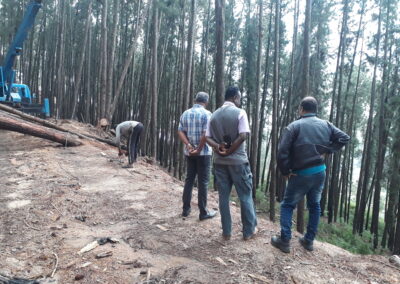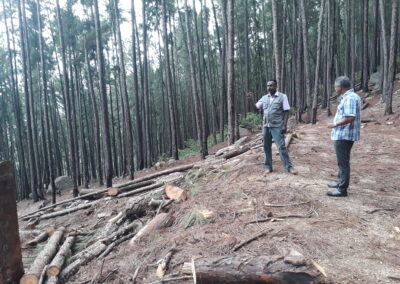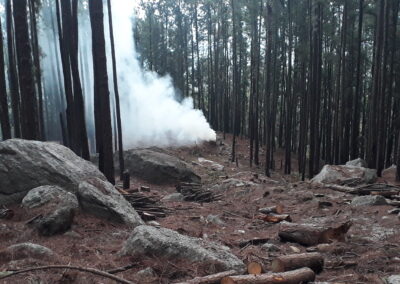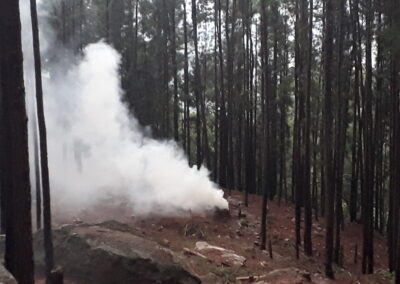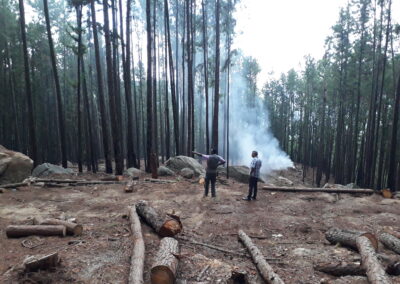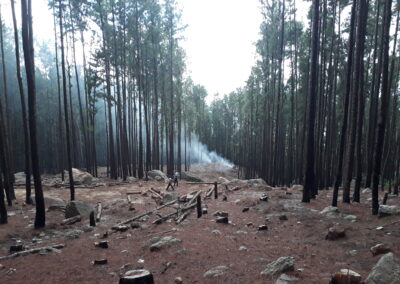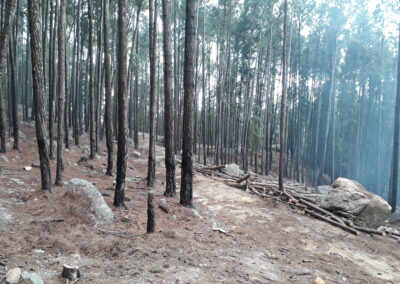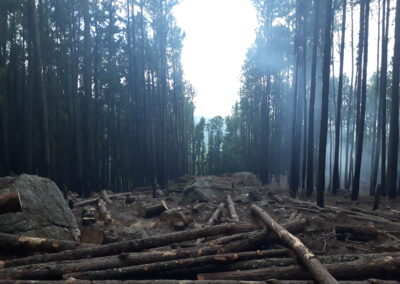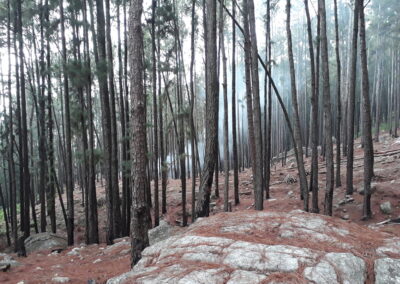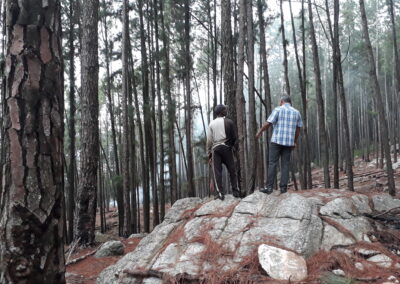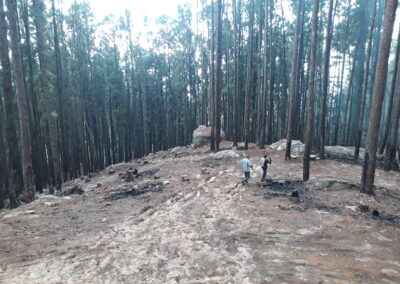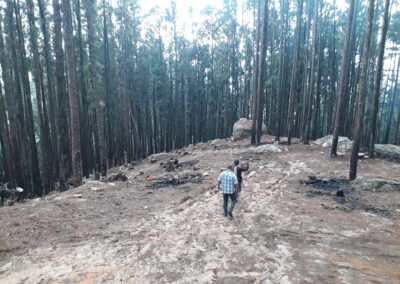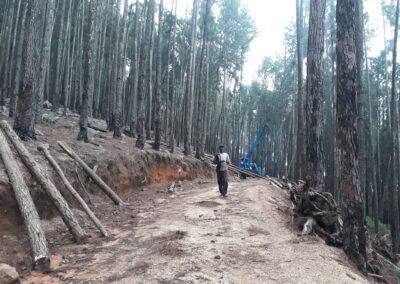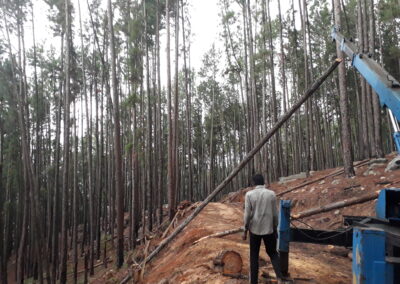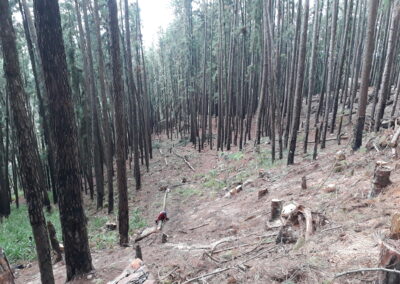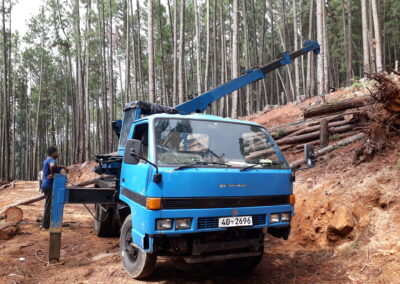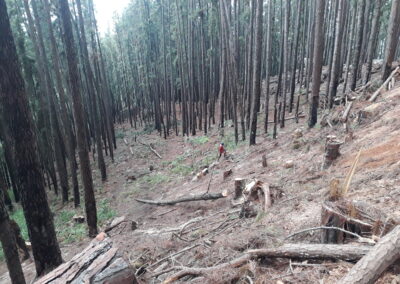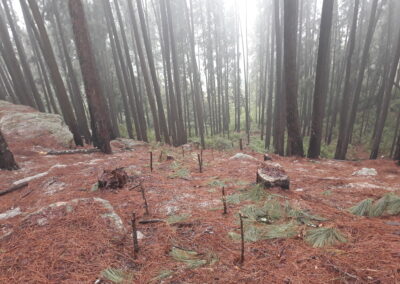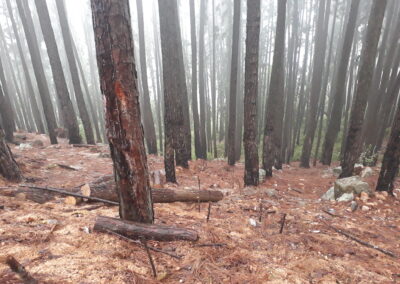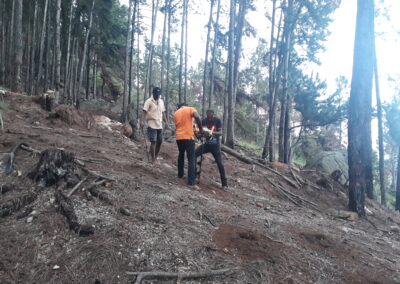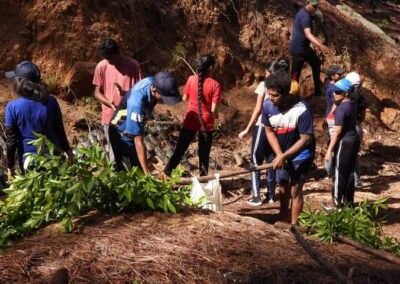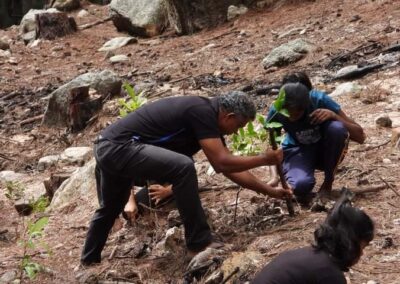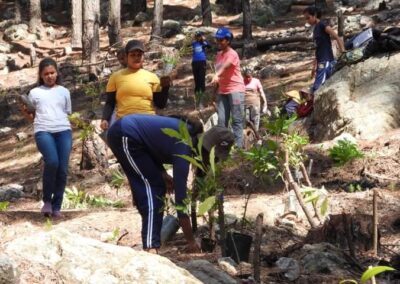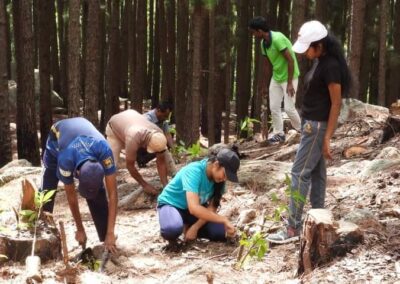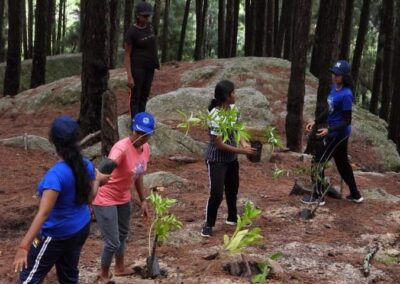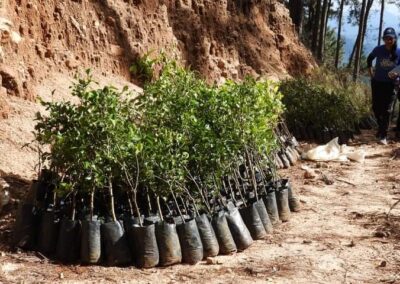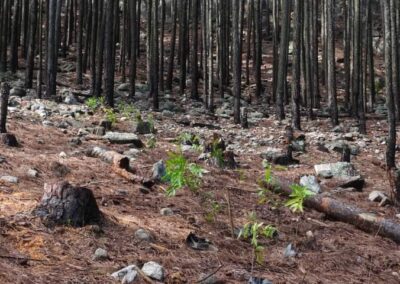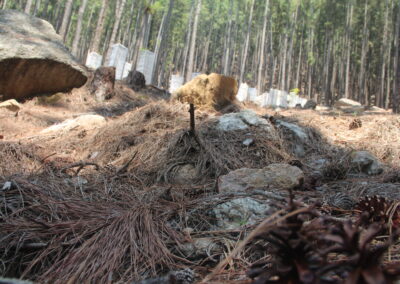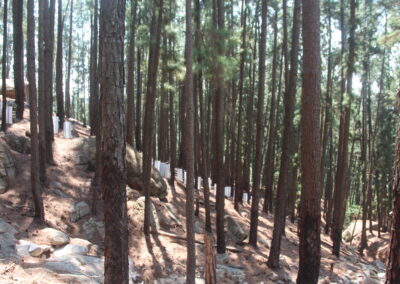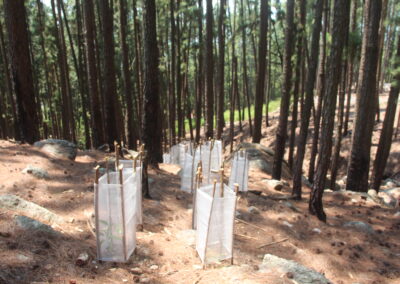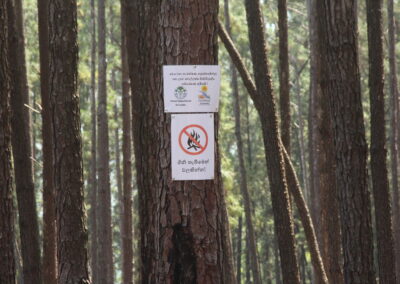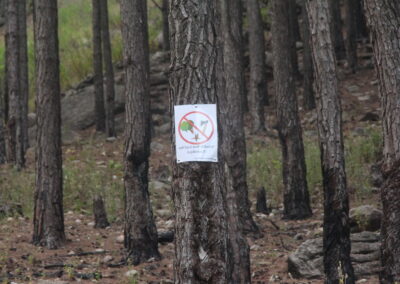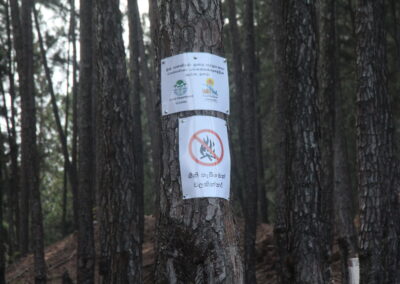SANTED in Passara
About Meedumpitiya
The Meedumpitiya Rainforest in Passara is a serene, biodiverse forest region in Sri Lanka, known for its rich array of flora and fauna. This rainforest ecosystem features a dense canopy that supports numerous endemic species, making it a crucial area for local biodiversity and conservation efforts. Its unique landscape, filled with lush greenery, streams, and varied wildlife, offers an ideal setting for ecotourism and environmental research. Meedumpitiya plays an essential role in supporting the ecological balance of the Passara region by preserving water resources and native species.
Restoration & Conservation Activities
1. Pine Enrichment Programme at Meedumpitiya, Passara.
The Pine Enrichment Programme at Meedumpitiya, Passara is an initiative focused on enhancing the biodiversity and ecological health of the pine forests in the region. Located in the picturesque Passara area, this program aims to enrich the pine-dominated landscape by introducing native flora and sustainable management practices. Through the careful selection of compatible plant species, soil enrichment techniques, and community engagement, the programme fosters a more resilient ecosystem that supports local wildlife, improves soil quality, and enhances forest sustainability for future generations.
a. Site Preparation
-
Soil Conditioning: Preparing the soil to ensure it’s fertile and suitable for new plant growth. This may involve testing soil quality, adding organic matter or fertilizers, and managing soil pH levels.
-
Debris Removal: Clearing the area of invasive species, litter, and other obstacles to create a clean, safe environment for new plants to thrive.
b. Planting Programme
-
Native Species Planting: Planting native tree species to restore the natural forest ecosystem. This helps in maintaining biodiversity and supporting local wildlife.
- Mixed Plantation: Implementing a mix of trees, shrubs, and ground cover plants to create a diverse and resilient ecosystem.
-
Community Involvement: Engaging local community members in planting activities to foster a sense of ownership and stewardship for the restored areas. The photographs in the image show individuals actively participating in planting saplings, digging holes, and arranging plants in pots.
c. Arangement of Protection
-
Fencing and Guards: Installing protective measures such as fencing around the planted areas to prevent damage from animals and unauthorized access.
- Mulching and Irrigation: Applying mulch to retain soil moisture and control weeds, and setting up irrigation systems to ensure young plants receive adequate water.

